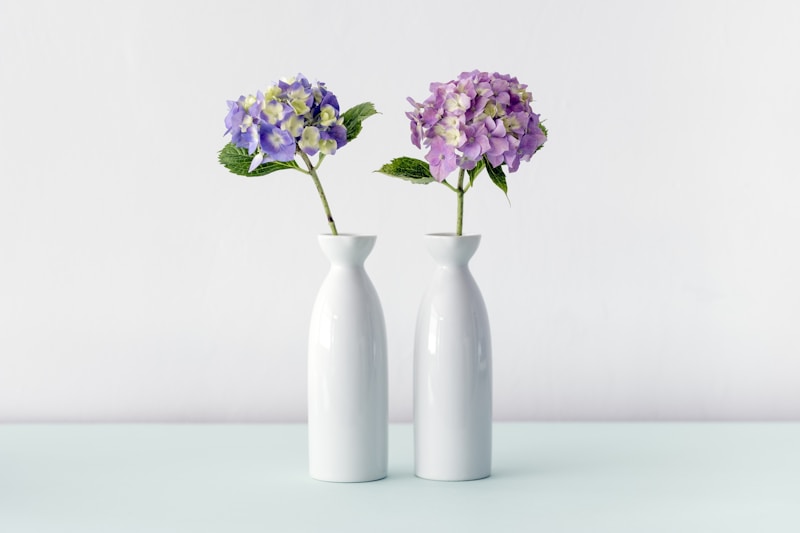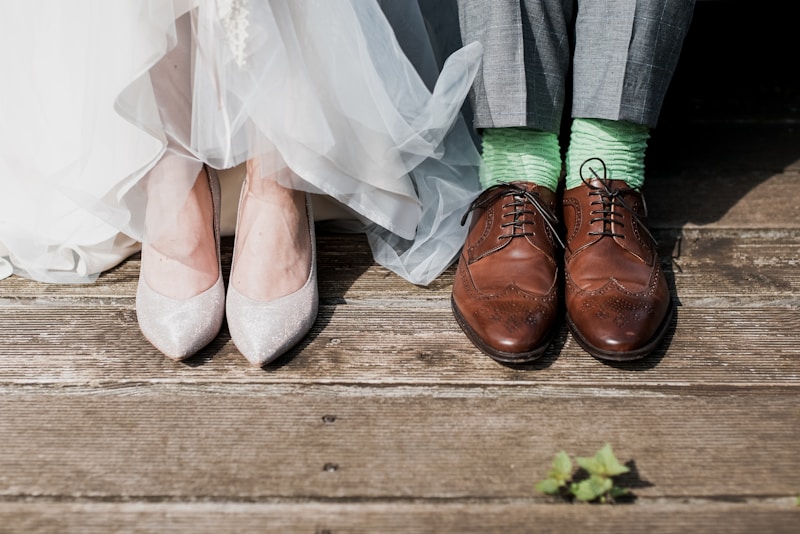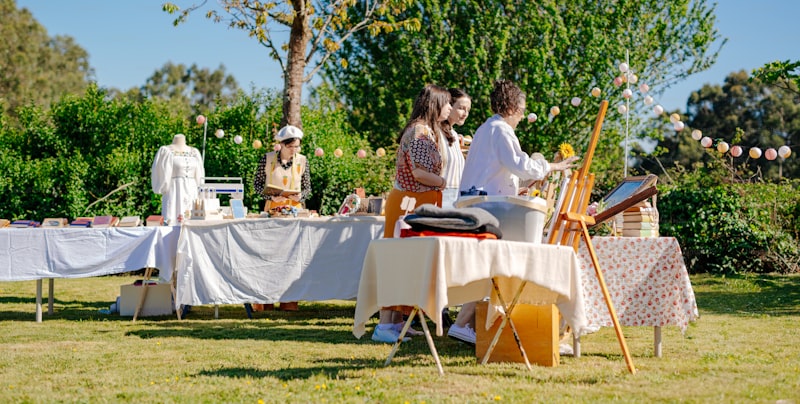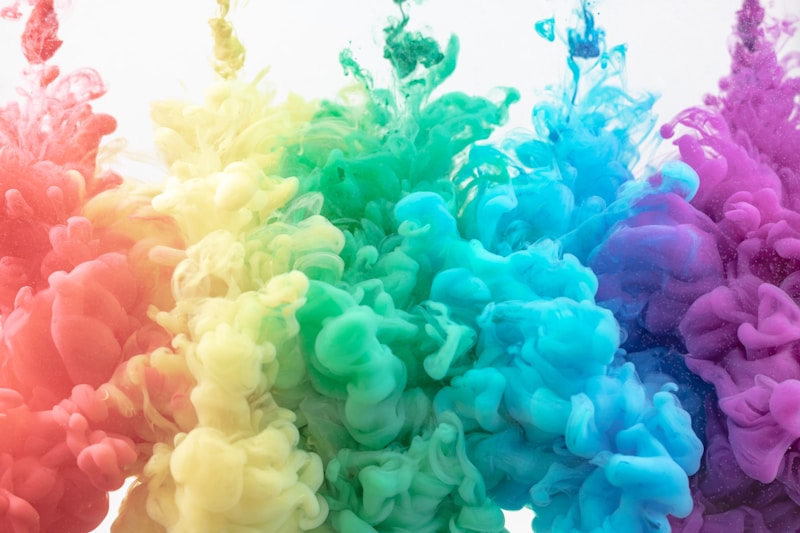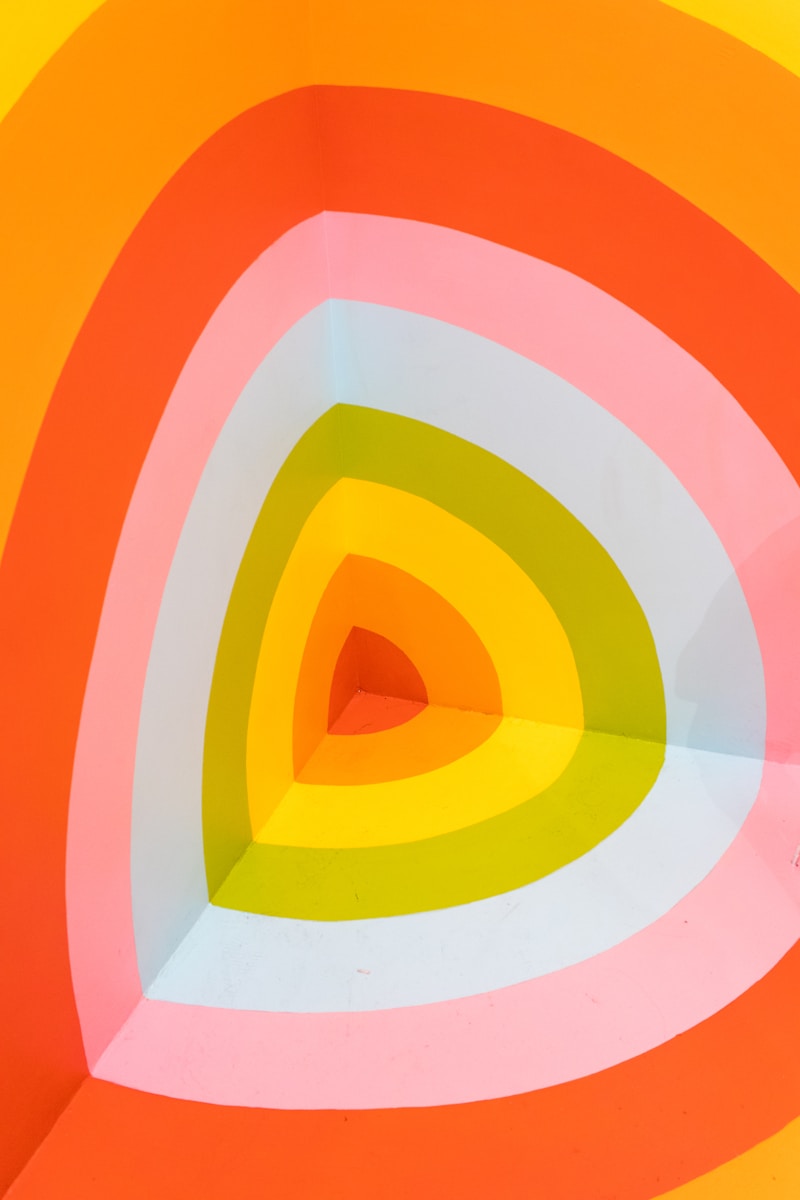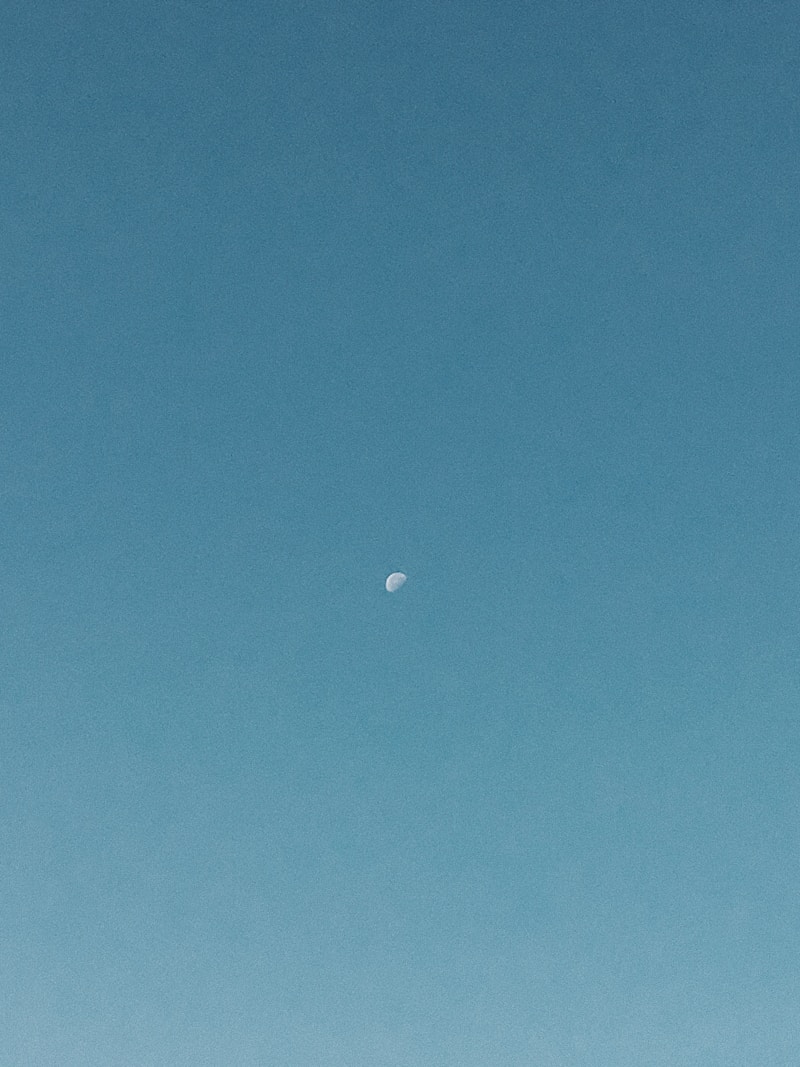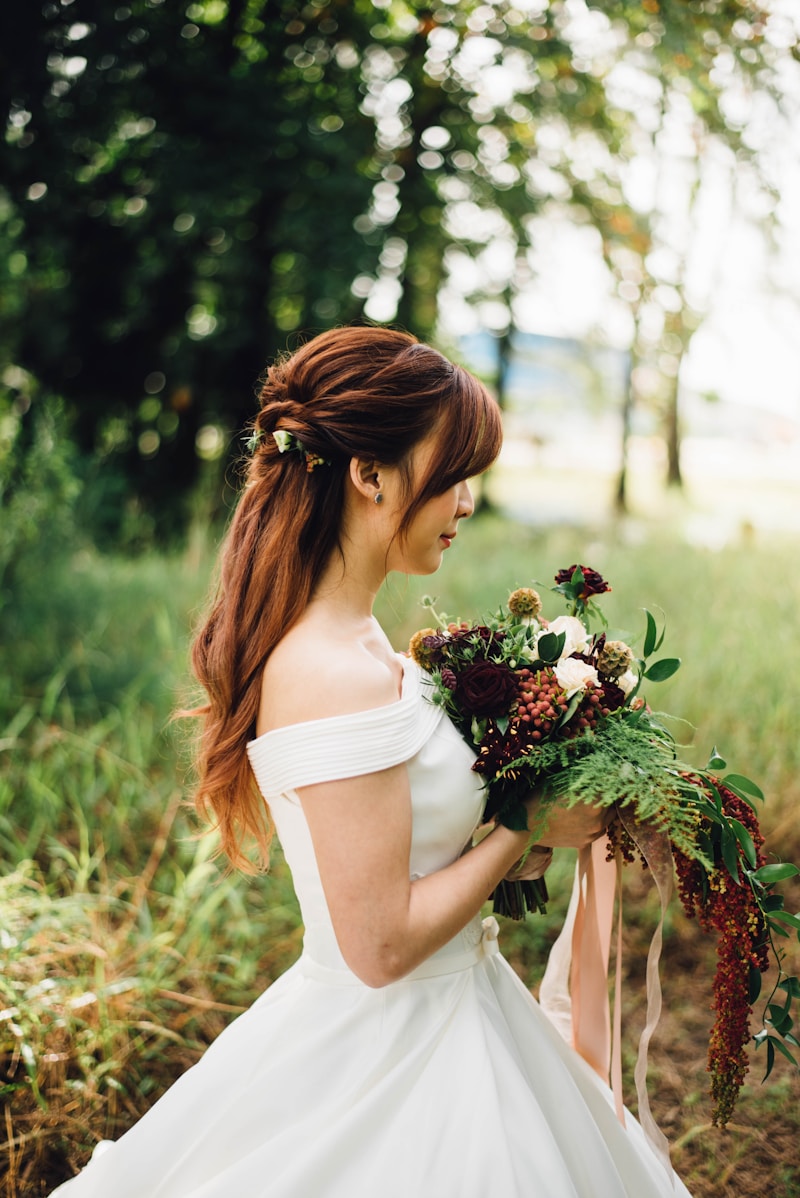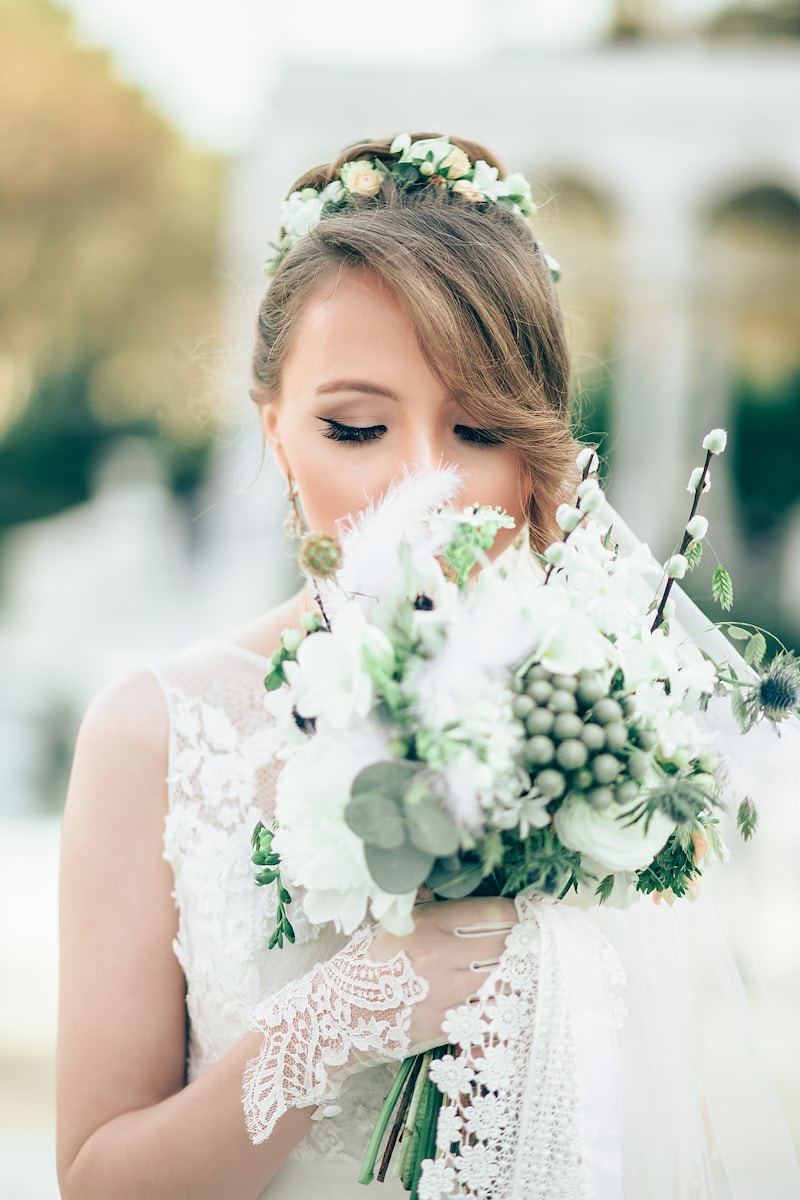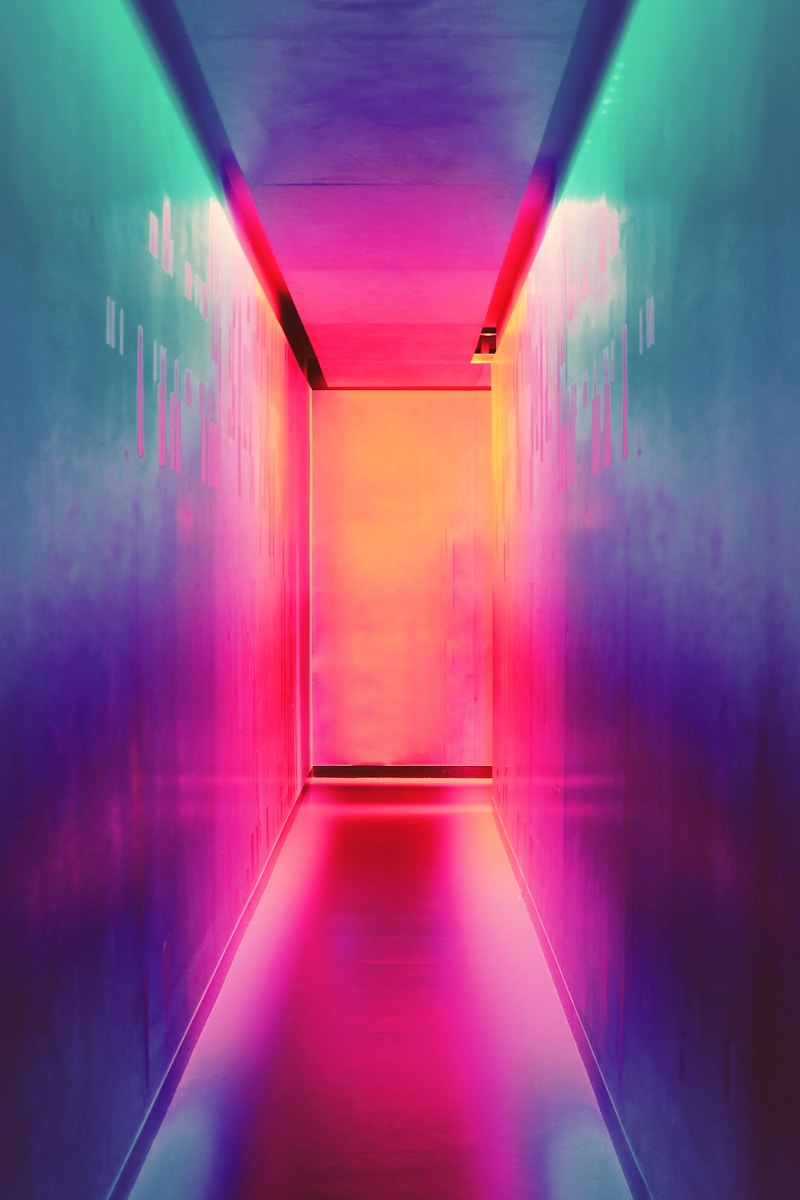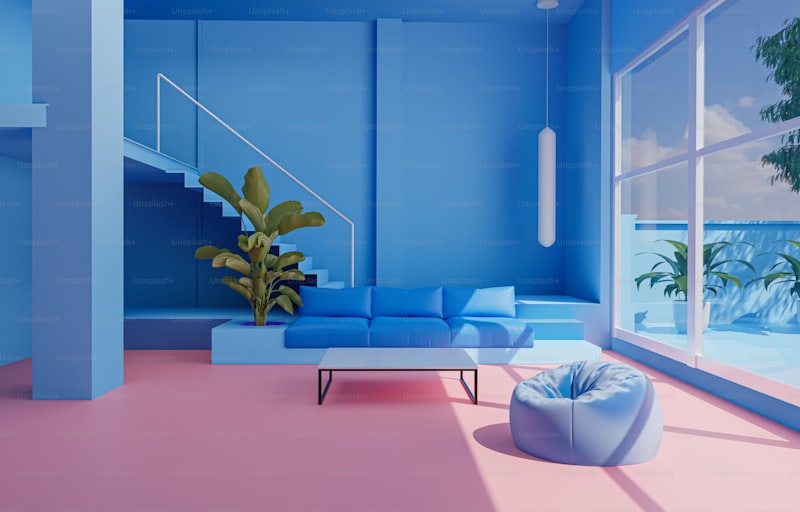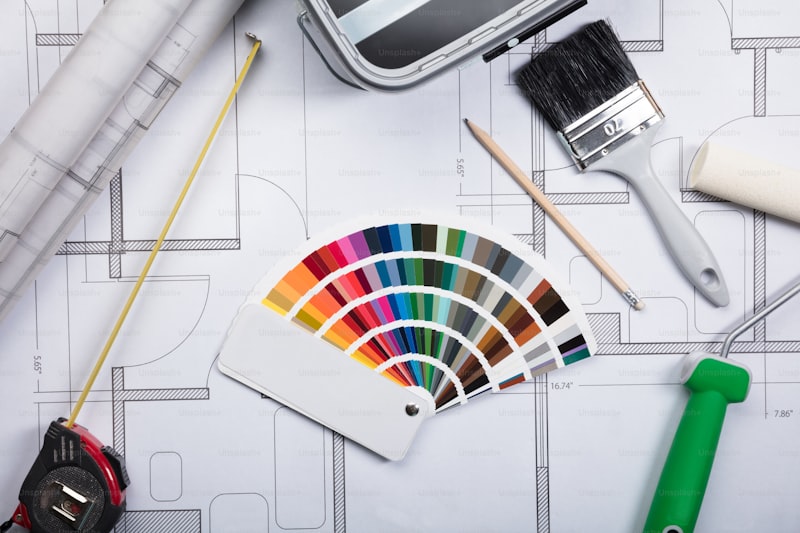Pastel vs. Bold Colors: Choosing the Right Color Palette for Your Project
Understanding the Impact of Color ChoicesWhen it comes to design, whether in fashion, interior decorating, graphic design, or branding, color plays a crucial role. The choice between pastel colors and bold colors can significantly affect the mood and effectiveness of your project. In this comprehensive guide, we will explore the differences between pastel and bold colors, when to use them, and how they can impact your audience.What Are Pastel Colors?Pastel colors are soft, muted shades that are usually created by mixing a primary color with white. These colors are known for their gentle and soothing qualities. Common pastel colors include baby pink, powder blue, mint green, and lavender. They evoke feelings of tranquility, femininity, and warmth.What Are Bold Colors?Bold colors, on the other hand, are vibrant and saturated, often evoking strong emotions. They command attention and can create a sense of energy and excitement. Examples of bold colors are bright red, electric blue, and vivid yellow. These colors are often associated with confidence, strength, and modernity.Comparing Pastel and Bold ColorsAspectPastel ColorsBold ColorsEmotional ImpactCalming, soft, comfortingExciting, energetic, attention-grabbingUse CasesWeddings, nurseries, spring themesAdvertising, sports events, modern designTarget AudienceFamilies, children, feminine demographicsYoung adults, professionals, adventurous spiritsColor MixingUsually lightened shadesPure, saturated shadesWhen to Use Pastel Colors...
Understanding Color Symbolism in Weddings: A Comprehensive Guide
Weddings are one of the most significant events in a person's life, embarking on a journey of love and union. However, beyond the beautiful venues and the delicious cakes, there's a fascinating aspect of weddings that often goes unnoticed: color symbolism. The colors chosen for a wedding can communicate messages, evoke emotions, and even represent cultural traditions. This article will explore the rich tapestry of color symbolism in weddings, diving into different colors, their meanings, and how they can beautifully enhance this momentous occasion.Why Color Matters in WeddingsColors play a crucial role in wedding aesthetics and serve various functions. From setting the mood to reflecting the couple's personalities, the color palette can significantly impact the overall atmosphere. When selecting a color scheme, couples should consider: The emotional impact of colors Cultural traditions and significance A cohesive theme for the event How the colors will look together in photographsColor Psychology ExplainedColor psychology suggests that colors can influence human mood and behavior. Each color has a unique meaning associated with it, which can vary significantly across different cultures. Understanding the fundamentals of color psychology can aid couples in selecting the right hues for their wedding theme. Color Meaning Cultural Significance Red Passion, love, energy In Chinese culture, red symbolizes good fortu...
Choosing Colors for Wedding Themes: A Comprehensive Guide
IntroductionA wedding is a once-in-a-lifetime event, and choosing the right colors for your wedding theme is crucial in creating the perfect atmosphere. The colors you select not only reflect your personal style but also set the tone for your special day. In this article, we'll explore various aspects of selecting wedding colors, tips for matching colors, and the significance behind color choices. From bold and vibrant hues to soft and romantic shades, let's dive into the world of wedding color palettes!The Importance of Choosing the Right ColorsColors play a significant role in weddings, influencing everything from decor to attire. Here’s why color choice matters: Setting the Mood: Colors evoke emotions. For example, soft pastels create a romantic atmosphere, while vibrant colors can generate excitement and energy. Reflecting Your Personality: Your color palette should reflect your unique personality and style. Whether you prefer elegant neutrals or bold bright tones, your colors should express who you are as a couple. Aesthetic Harmony: Coordinating colors ensures a cohesive look across your wedding, from the invitations to the flowers to the reception decor.Understanding Color TheoryBefore we delve into specific color combinations, it's essential to understand the basics of color theory. This will help you make informed decisions when selecting colors for your wedding theme.Color Wheel BasicsThe color wheel consists of primary colors (red, blue, yellow), secondary...
Ultimate Guide to Color Schemes for Outdoor Ceremonies: Transform Your Event into a Visual Masterpiece
Planning an outdoor ceremony can be both exciting and challenging. From weddings to corporate events, the colors you choose can significantly impact the mood and aesthetic of your celebration. In this article, we'll explore innovative color schemes for outdoor ceremonies that will captivate your guests and create unforgettable memories.Understanding the Importance of Color SchemesColor schemes play a crucial role in setting the tone for any event. They evoke emotions, symbolize themes, and can even influence the perception of the ceremony's formality. When selecting color schemes for outdoor ceremonies, you must consider factors such as the venue, the season, and the overarching theme of the celebration.Factors to Consider When Choosing Color SchemesHere are some essential elements to think about when deciding on color schemes for your outdoor ceremony: Venue: Is it a lush garden, a beach, or a rustic barn? The natural surroundings will guide your palette choice. Season: Different seasons inspire various colors. For instance, autumn brings rich oranges and browns, while spring celebrates pastels. Theme: Ensure your color scheme aligns with your event's theme, whether it's vintage, modern, bohemian, or elegant. Guest Experience: Consider how the colors will affect the ambiance and comfort of your guests. Bright colors can energize, while muted tones may create a calming effect.Popular Color Schemes for Outdoor CeremoniesNow that you understand the importance of cho...
Mastering the Art of Mixing Metallics and Colors: A Comprehensive Guide
IntroductionMixing metallics and colors can create a stunning aesthetic for your home decor, fashion, and art projects. The harmony of these elements enhances visual interest and can elevate any design scheme. This article dives deep into the principles and techniques of combining metallics with colors, ensuring that you can achieve a professional and cohesive look in your endeavors. Whether you’re redecorating your living space or choosing an outfit for a special occasion, knowing how to mix and match effectively is essential.Understanding Metallics and Their ImpactMetallics are not just about gold and silver anymore; they encompass a wide range of hues and finishes, including copper, bronze, chrome, and rose gold. These elements can add sophistication and glamour to any design. However, their reflective properties can also make them tricky to work with.Metallic TypesCharacteristicsGoldWarm and inviting; stunning in both matte and shiny finishes.SilverCool and sleek; ideal for modern and minimalist decor.Rose GoldRomantic and trendy; complements soft and neutral colors.CopperRustic and warm; great with earthy tones and other metallics.Choosing Your Color PaletteWhen mixing metallics and colors, one of the first steps is to choose a cohesive color palette. Here are some tips to guide you:Start with Neutrals: Whites, blacks, and grays can serve as the perfect backdrop, allowing metallics and vibrant colors to stand out.Consider the Psychology of Colors: Warm colors like reds a...
Discovering Color Inspirations from Nature: A Guide to Transforming Your Space
Exploring Nature's PaletteIn today's fast-paced world, finding inspiration can be a challenge. However, one of the most authentic and timeless sources of creativity lies just outside our doors. Nature offers a breathtaking spectrum of colors that can invigorate our surroundings, influence our moods, and enhance our well-being. From the vibrant hues of blossoming flowers to the soothing tones of a serene sunset, nature's palette is overflowing with color inspirations that can be harnessed for interior design, fashion, art, and more. In this article, we’ll delve into how you can extract color inspirations from nature and apply them to your everyday life.Understanding the Psychology of ColorBefore diving into specific color inspirations from nature, it's important to understand the psychology behind color. Colors can evoke emotions and influence our feelings in profound ways. Here is a brief overview of how different colors are perceived:ColorEmotionGreenCalmness, tranquility, and renewalBluePeace, trust, and serenityRedEnergy, passion, and excitementYellowHappiness, optimism, and warmthPurpleCreativity, luxury, and wisdomEach color has its unique properties and can influence our living spaces significantly. Whether we want to create a cozy retreat or a vibrant workspace, understanding these color emotions can guide us in choosing the right shades inspired by nature.Color Inspirations from Different Natural ElementsNature provides an endless source of color combinations that are...
Exploring Classic Color Pairings: A Guide to Timeless Combinations
Color impacts our lives in numerous ways, influencing everything from mood to aesthetics. When it comes to design, whether for fashion, home decor, or graphic design, understanding classic color pairings can elevate your work and enhance visual appeal. In this article, we will delve into some iconic color pairings, their psychological effects, and how to effectively use them in your projects. Let's embark on this colorful journey!The Psychology of ColorColors evoke emotions and messages, making it essential to pair them thoughtfully. Below is a brief overview of how colors influence perceptions:ColorPsychological EffectRedPassion, energy, urgencyBlueTrust, calmness, stabilityGreenGrowth, harmony, freshnessYellowOptimism, clarity, warmthPurpleLuxury, creativity, wisdomBlackSophistication, elegance, powerWhitePurity, simplicity, cleanlinessKey Classic Color PairingsTo help you incorporate color thoughtfully in your projects, we've gathered some classic color pairings that have stood the test of time. These combinations can be used in various design fields, from graphic design to interior decoration.1. Blue and OrangeThis pairing offers striking contrast, evoking a sense of energy while maintaining a balance. Blue represents tranquility, while orange adds warmth and vibrancy. Use this color combination when designing marketing materials that aim to grab attention without overwhelming the viewer.2. Black and WhitePerhaps the most timeless color combination, black and white portra...
Discover the Magic of Avant-Garde Wedding Colors: A Modern Guide for Your Special Day
Introduction to Avant-Garde Wedding Colors Your wedding day is one of the most significant events in your life, and selecting the right colors can elevate the entire experience. If you're looking for something unique and bold, avant-garde wedding colors are the perfect choice. These unconventional hues can transform traditional wedding aesthetics into something extraordinary, reflecting your personality and style. What Are Avant-Garde Wedding Colors? Avant-garde wedding colors embrace creativity, pushing boundaries beyond conventional palettes. Instead of the classic whites, soft pastels, and muted tones, avant-garde colors feature bold shades and unusual combinations that evoke emotion and admiration. Here are some trends that define avant-garde wedding colors: Vivid Jewel Tones: Think emerald greens, sapphire blues, and rich burgundies. Metallic Accents: Gold, silver, and rose gold are not just for jewelry; they can add a modern twist. Unexpected Combinations: Pairing colors like teal and coral or mustard yellow and plum can create a stunning visual impact. Choosing Your Avant-Garde Color Palette When selecting your avant-garde wedding colors, consider the following steps: Inspiration: Look for inspiration from fashion, art, and nature. Websites like Pinterest and Instagram can provide countless ideas. Theme: Choose a theme that resonates with you both. Whether it's industrial chic, bohemian, or futuristic, let it guide your color selections. Testing: Before finalizing,...
Explore the Elegance of Monochromatic Wedding Styles
Monochromatic Wedding Styles: A Guide to Timeless Elegance When planning a wedding, couples often feel overwhelmed by the endless choices of color schemes, themes, and décor elements. One style that has consistently stood the test of time is the monochromatic wedding style. This all-encompassing approach not only creates a unified aesthetic but also allows for a sophisticated and elegant presentation. In this article, we will explore various elements of monochromatic wedding styles, their benefits, and tips on how to pull off this stunning theme. What is a Monochromatic Wedding Style? A monochromatic wedding style refers to an event where the entire color palette revolves around one single color. This does not mean that everything has to be in identical shades; instead, it includes various tones, shades, and tints of that color. For example, a wedding theme based on blue might include navy, sky blue, cobalt, and periwinkle, providing depth and interest while maintaining a cohesive look. Benefits of Choosing a Monochromatic Palette There are several advantages to opting for a monochromatic wedding style: Elegant Simplicity: A monochromatic theme creates a sophisticated atmosphere that is visually pleasing without being overwhelming. Ease of Coordination: With a single color to work with, coordinating various elements (dresses, invitations, floral arrangements) becomes significantly easier. Versatile Decor: Monochromatic schemes can be adapted to any wedding style, ...
Color Schemes for Cultural Weddings: A Guide to Harmonizing Traditions and Modern Aesthetics
Weddings are a joyous occasion, enriched by cultural traditions that bring families and friends together. One of the most significant aspects of any wedding is the color scheme. The colors chosen reflect the personalities of the couple and the cultures they represent. In this article, we will explore various color schemes for cultural weddings, their meanings, and how to effectively combine traditional and modern aesthetics. Let’s dive into the vibrant world of cultural wedding color schemes.The Importance of Color in Cultural WeddingsColors play a crucial role in weddings, symbolizing various aspects of love, prosperity, and happiness. Different cultures attribute unique meanings to specific colors. For instance, red is a symbol of luck and prosperity in Chinese weddings, while white represents purity and new beginnings in Western cultures. Understanding these cultural significances can help couples select the perfect color scheme that honors their heritage while resonating with their personal style.Popular Cultural Color Schemes and Their MeaningsCultureColor SchemeSignificanceIndianRed, Gold, and YellowRed symbolizes purity and love, gold represents wealth, and yellow signifies happiness.ChineseRed and GoldRed is associated with good fortune, while gold signifies wealth and prosperity.WesternWhite and Pastel ShadesWhite represents purity, while pastels convey romance and simplicity.AfricanVibrant Shades (e.g., Kente patterns)Colors represent the bride's family lineage and ...
Creating Balance with Color: A Comprehensive Guide to Achieving Aesthetic Harmony in Design
Color plays a pivotal role in our lives, influencing our emotions, perceptions, and even decisions. Understanding how to create balance with color is essential for anyone involved in design, whether you're an interior decorator, graphic designer, or simply looking to beautify your home. In this article, we'll delve into the principles of color theory, strategies for achieving a balanced color palette, and practical applications that can elevate your environments and projects.The Psychology of ColorBefore we dive into creating balance, it's important to understand how colors affect our emotions and perceptions. For instance:ColorEmotionRedPassion, energyBlueCalmness, trustYellowHappiness, optimismGreenGrowth, healthPurpleLavishness, creativityUnderstanding these associations can help you select colors that not only look appealing but also resonate with the intended mood of your space or design project.Principles of Color Theory1. The Color WheelThe color wheel is a fundamental tool in color theory. It consists of primary, secondary, and tertiary colors. Understanding the relationships between these colors can guide your choices:Primary Colors: Red, Blue, YellowSecondary Colors: Green, Orange, Purple (created by mixing primary colors)Tertiary Colors: Created by mixing a primary color with a secondary color (e.g., Red-Orange)2. Color HarmoniesColor harmonies are combinations of colors that produce pleasing effects. Here are a few classic schemes:Complementary: Colors opposite ea...
The Ultimate Guide to Color Selecting Tools: Enhance Your Design Projects
Introduction to Color Selecting ToolsIn the world of design, whether graphic, web, or interior, the importance of color cannot be overstated. Colors evoke emotions, convey messages, and can dramatically influence the aesthetics of a project. To achieve the perfect color palette, designers often rely on various color selecting tools. In this article, we will explore the importance, types, and factors to consider when choosing color selecting tools. Additionally, we will answer frequently asked questions about color selection and provide you with a comprehensive overview.Why Color Selecting Tools are EssentialColor selecting tools are essential for several reasons: Consistency: They help maintain color harmony across different designs. Efficiency: They save time by providing quick access to color options. Accessibility: Many tools are user-friendly and cater to both beginners and professionals.Types of Color Selecting ToolsThere are various types of color selecting tools available to designers. Below is a breakdown of the most popular tools:Tool TypeDescriptionColor WheelA circular diagram of colors that shows the relationship between primary, secondary, and tertiary colors.Color Palette GeneratorsOnline tools that create color schemes based on a chosen color.Color PickersTools that allow users to select colors from images or design interfaces.Mobile AppsApplications that help users discover and save color palettes on the go.Color Blindness SimulatorsTools designed to ...
